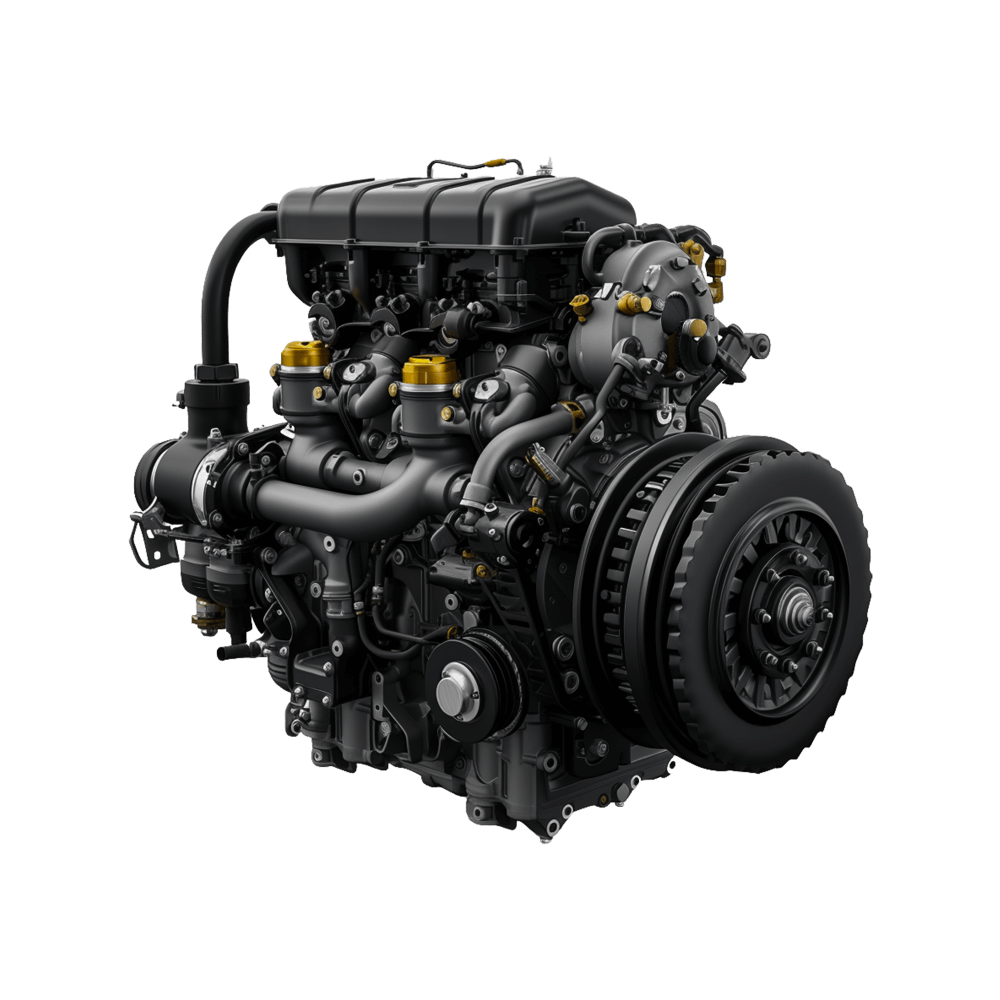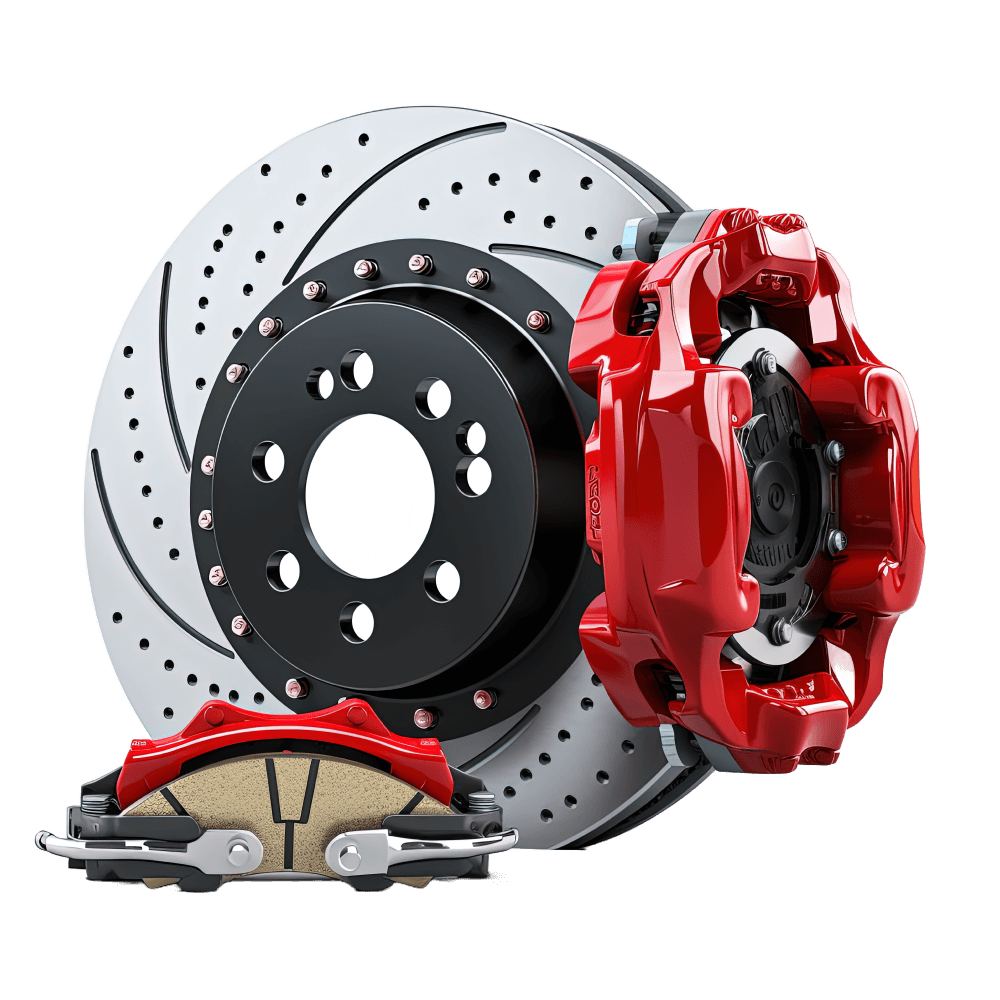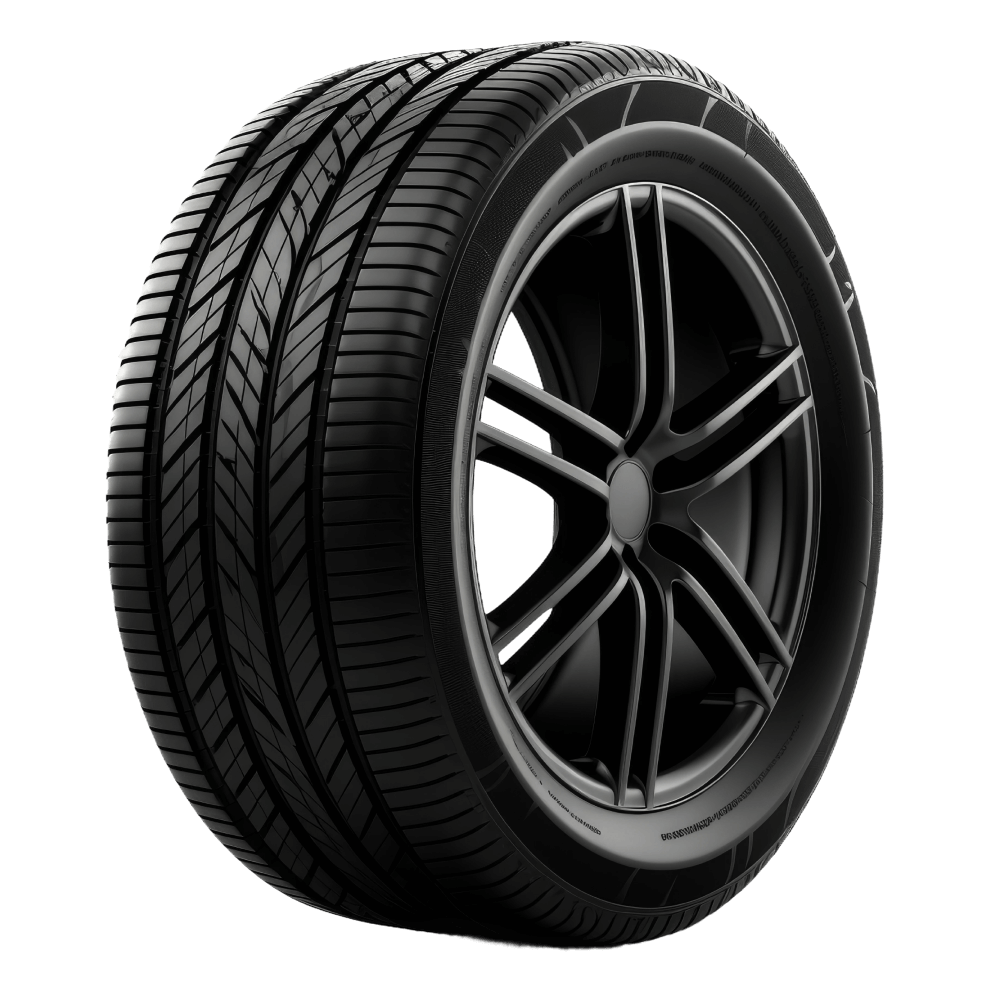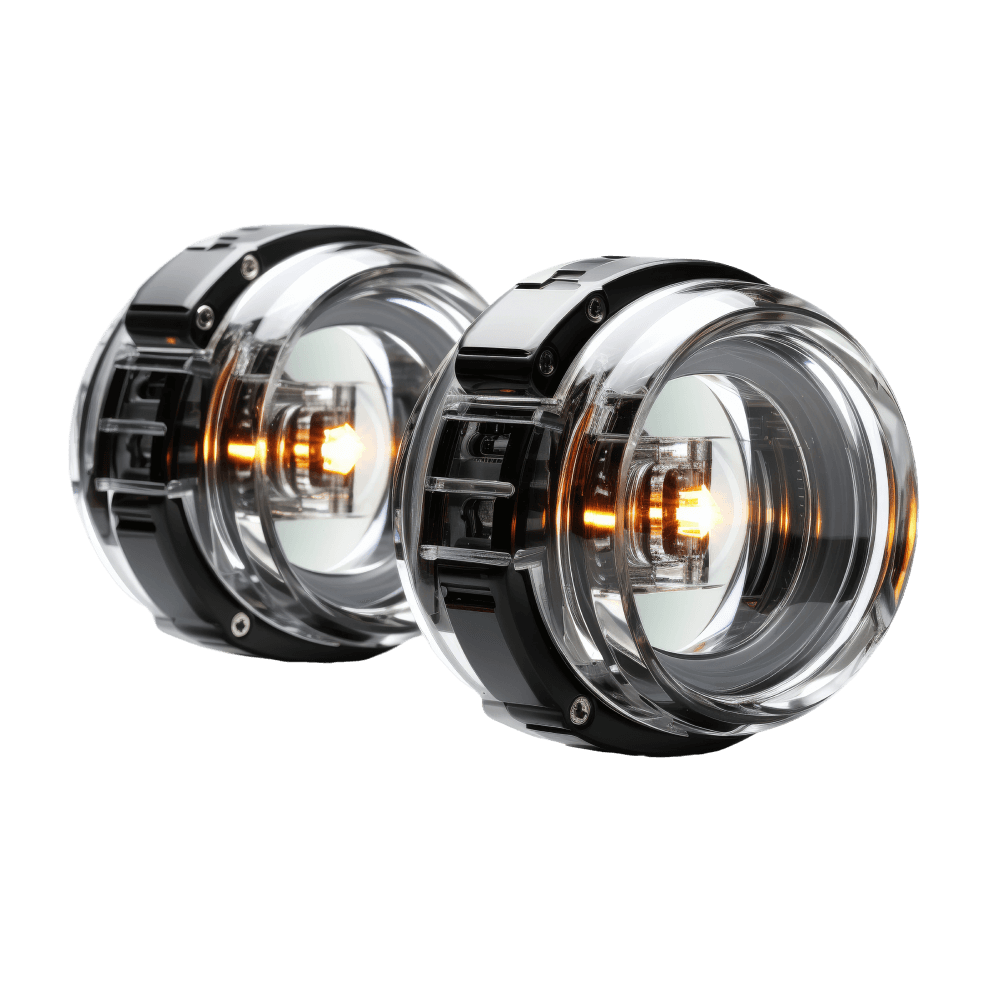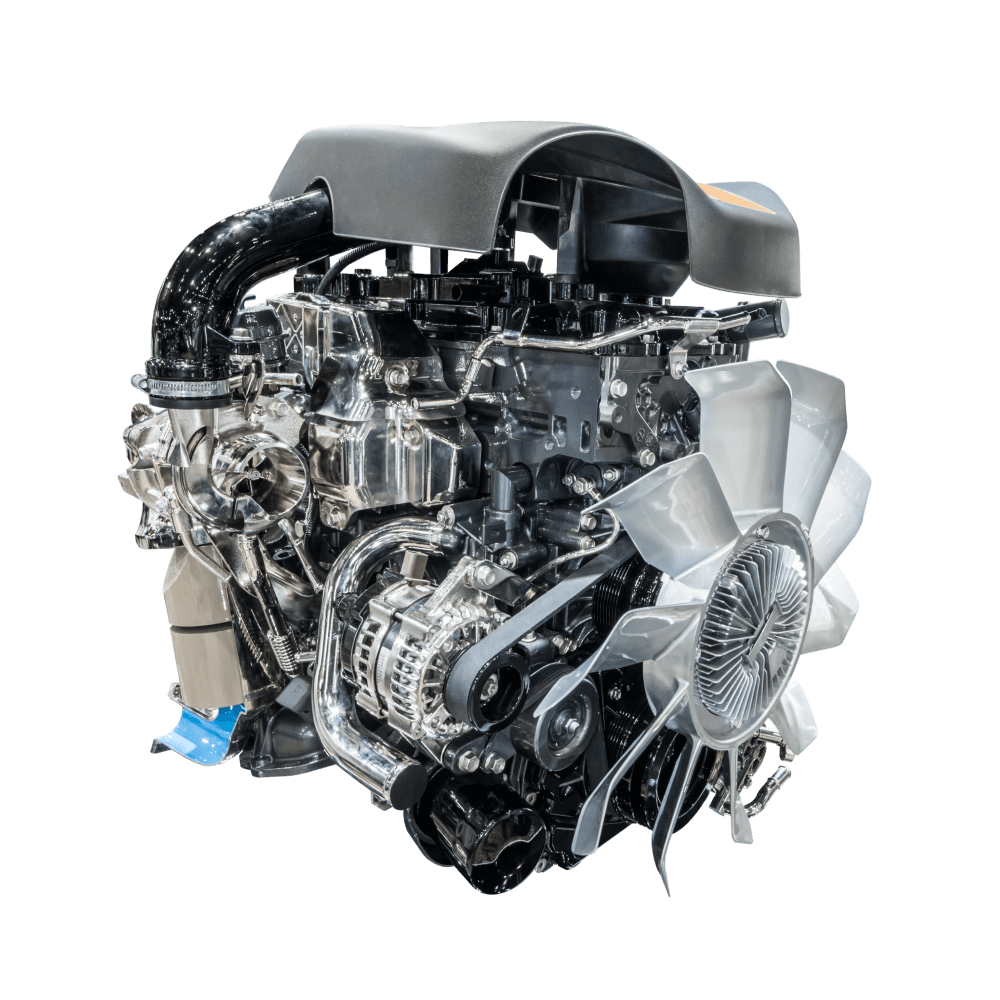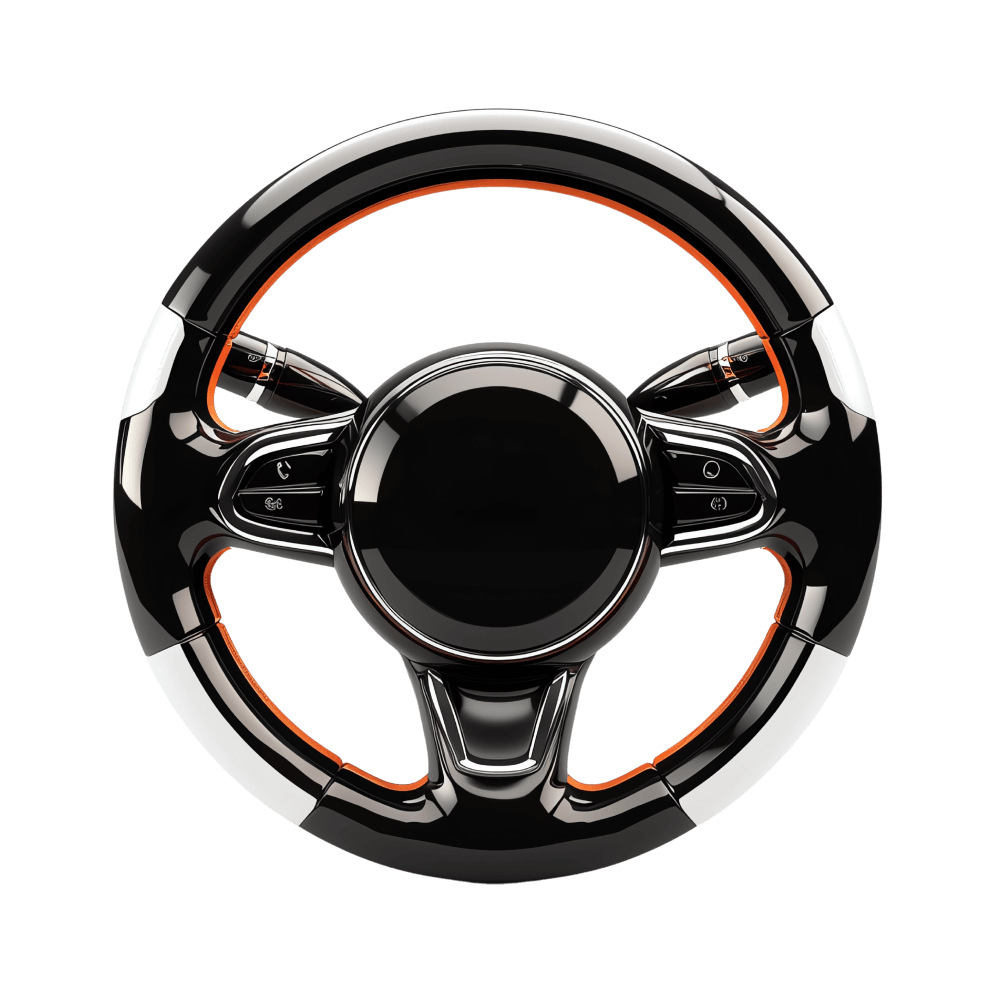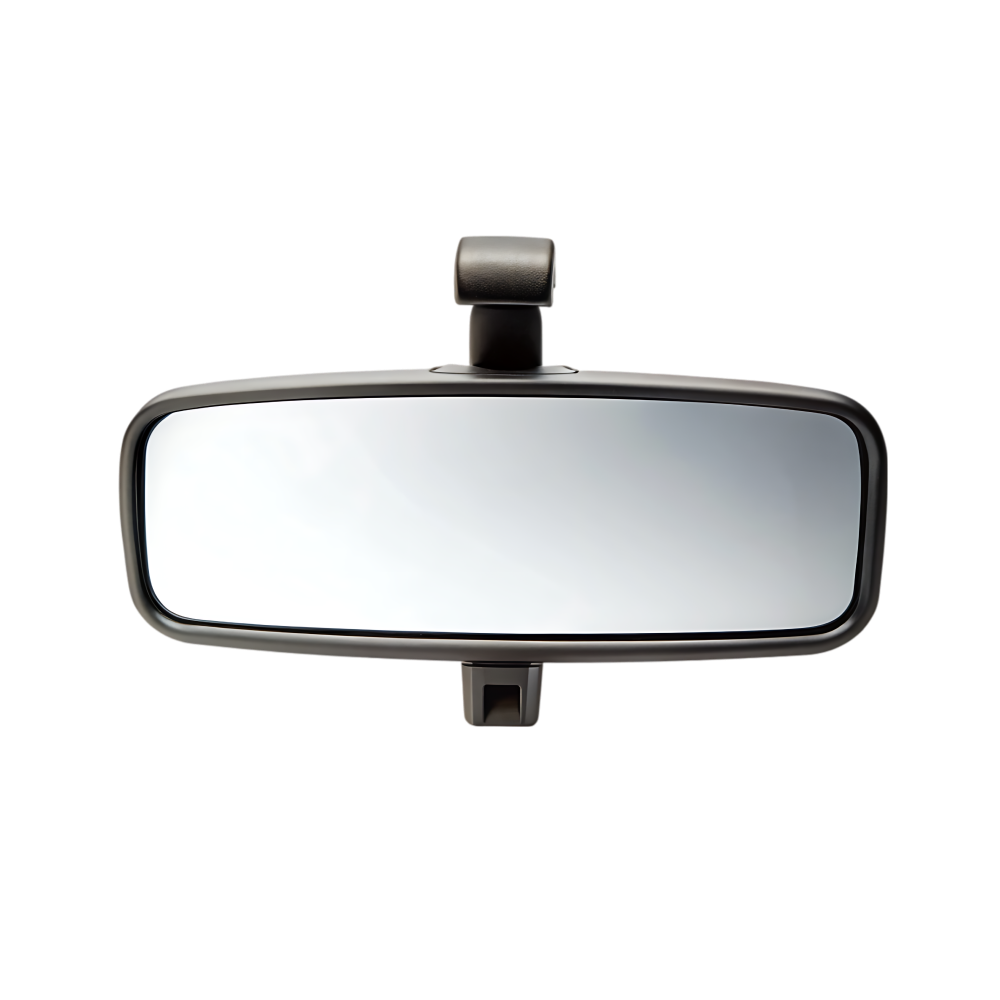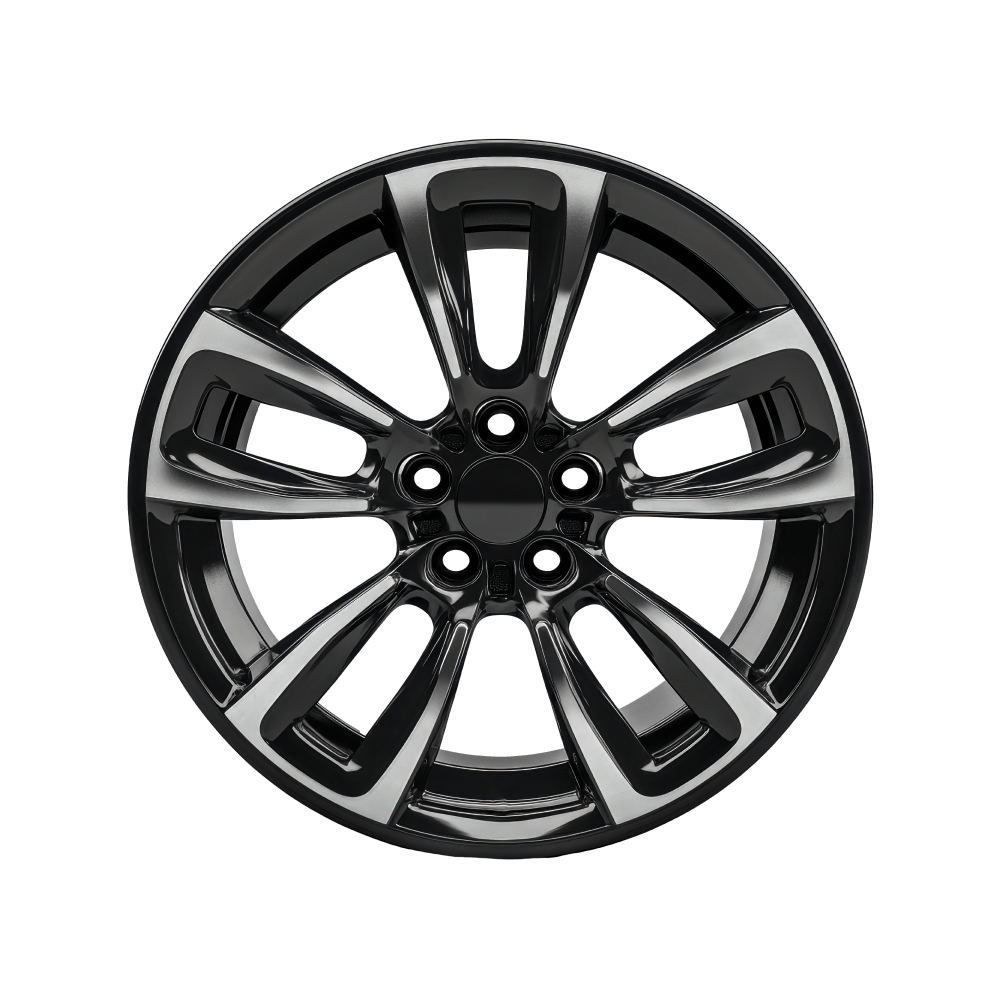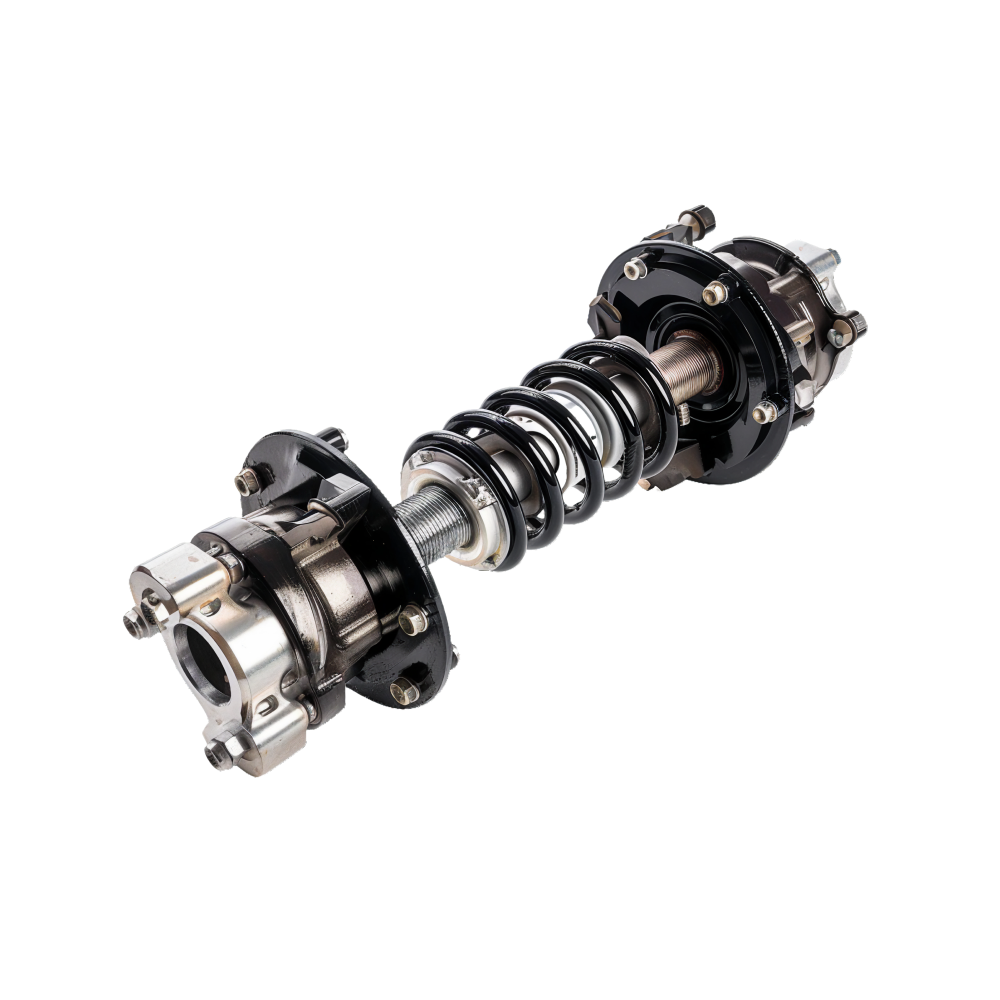Editor’s note: August 26th marks the 45th anniversary of the establishment of the Shenzhen Special Economic Zone. Over the past 45 years, through perseverance and hard work, Shenzhen has grown into an international metropolis in the wave of the times. Starting from scratch in the financial field, there are now over 2,800 listed companies in the Shenzhen stock market. Skyscrapers have risen from the ground, with the 599 – meter – high building setting a new record for the city’s height. The communication technology has leaped from 2G to 6G, leading the way all the time… Shenzhen’s development has left numerous milestones across various industries. Times Finance and Times Weekly have launched a series of reports titled “Shenzhen’s Milestones” to record the evolution of this city.
“If I hadn’t come to Shenzhen, I wouldn’t have had the idea of starting a business, and there wouldn’t be BYD today,” said Wang Chuanfu, the chairman of BYD, at the 30th – anniversary press conference of BYD in November 2024.
Thirty – one years ago, Wang Chuanfu’s entrepreneurial journey began when he arrived in Shenzhen. “In 1993, the General Research Institute for Nonferrous Metals in Beijing sent me to Shenzhen to be the general manager of a battery company. When I came to Shenzhen from Beijing, it was like stepping into a new world,” he said.
“Many of my friends around me were engaged in various projects. They were all brave in exploration and innovation, which really inspired me. I also wanted to make a career here,” Wang Chuanfu recalled his initial feelings upon arriving in Shenzhen.
At that time, China’s automobile market had just entered the era of private cars, and cars were still rare items, let alone new – energy vehicles, which were not yet a product of that era.
Meanwhile, Shenzhen had transformed from an unknown fishing village into the forefront of China’s reform and opening – up, with a strong entrepreneurial atmosphere. Wang Chuanfu officially founded BYD here in 1994.
Riding on the wave of the transformation of the automotive industry, China’s new – energy vehicle market has witnessed explosive growth since 2020. Seizing the opportunity of the automotive transformation, Shenzhen’s new – energy vehicle production has increased by 26 times in just four years. According to the Statistical Bulletin of Shenzhen’s National Economic and Social Development in 2020, the production of new – energy vehicles in Shenzhen was 109,300 in 2020. In 2024, it soared to 2,935,300. Shenzhen, which was not outstanding in the era of fuel vehicles, has not only produced the world’s top – selling new – energy vehicle enterprise but also transformed into an “excellent student” in the new – energy field.
Before the establishment of BYD, companies such as ZTE and Huawei had successively settled in Shenzhen, and the city had accumulated a certain foundation for the development of the electronics and technology industries.
When Wang Chuanfu decided to break away from the stable path and start his own business, he set his sights on batteries.
At that time, mobile phones were very popular, and Wang Chuanfu judged that the future demand for batteries would be huge. “On November 18, 1994, I assembled a small team of 20 people,” Wang Chuanfu said. “We hadn’t even obtained the business license at that time. It wasn’t until the beginning of 1995 that we got it.”
Photo source: Taken by Times Finance
The spirit of exploration and innovation in Shenzhen’s special economic zone inspired Wang Chuanfu, and he dared to think and act. Without an automated production line, BYD broke it down into individual processes that could be completed manually and built the first nickel – battery production line. Then, it developed the first lithium – ion battery with voltage and achieved mass production. Subsequently, the question arose: how to find a larger industrial carrier for the batteries.
In 2003, BYD had become the world’s second – largest mobile phone battery manufacturer, and Wang Chuanfu was seeking a larger market. His choice was to install batteries in cars. In 2003, BYD completed the acquisition of Xi’an Qinchuan Automobile and obtained the ticket to enter the automotive industry.
What followed was a wave of doubts. “My phone was bombarded with calls from investors. They told me that I didn’t even have a driver’s license and knew nothing about cars, yet I dared to build cars. They said I was dragging them to the casino. A fund manager in Hong Kong called me and said that if I didn’t give up the acquisition, he would sell all my stocks the next day,” Wang Chuanfu said.
What was the result of this bold gamble?
In 2001, China joined the World Trade Organization (WTO), and the opening of the market promoted the rapid development of the automotive industry. According to the data disclosed by the Chinese government website, in 2003, China produced a total of 4.4437 million cars, a year – on – year increase of 35.2%.
Against this background, BYD’s first mass – produced model, the F3, launched in 2005, achieved good results. It sold 100,000 units within 14 months of its launch and won the sales championship in China’s sedan market in 2009.
During this period, BYD’s Pingshan base was completed in 2007, which became the headquarters of BYD’s automotive business. Wang Chuanfu said at the inauguration ceremony, “Completing the construction of a 1.12 – million – square – meter factory building in just 329 days is a testament to the ‘Shenzhen speed’.”
While the fuel – powered F3 was making great progress, BYD did not forget its original intention of new – energy development. At that time, new – energy vehicles had not yet emerged in China, and there was even no concept of new – energy vehicles. However, Wang Chuanfu had already determined that he would focus on cars for the rest of his life, especially new – energy cars.
At the 2004 Beijing International Auto Show, BYD exhibited three new – energy concept cars for the first time. “Walking around the exhibition hall, all the other booths were filled with fuel – powered cars. At that time, no one believed that new – energy vehicles could have a future,” Wang Chuanfu once said.
In 2008, BYD launched the F3DM, the world’s first plug – in hybrid vehicle. In 2010, BYD launched the E6, China’s first mass – produced pure – electric vehicle.
After the launch of multiple new – energy models, BYD did not see a significant increase in sales. In 2009, BYD’s sales exceeded 440,000 units, and it set a sales target of 800,000 units for the next year, almost doubling the previous year’s sales. However, the reality was a decline in sales, the withdrawal of dealerships, and a 90% drop in profits over three years. After that, BYD remained in a slump for 10 years until 2019.
“During these 10 years, our monthly sales were around 30,000 to 40,000 units. People laughed at us as ‘BYD 30,000’. Meanwhile, some Chinese brands had achieved monthly sales of over 100,000 units. Especially in 2019, our profits decreased by 40% year – on – year, and we were on the verge of collapse,” Wang Chuanfu recalled.
From 2010 to 2019, BYD’s sales were 520,000, 440,000, 450,000, 500,000, 430,000, 440,000, 490,000, 400,000, 500,000, and 450,000 units respectively, always hovering around 500,000 units.
At that time, the new – energy vehicle industry was still in the pre – dawn stage. When Wang Chuanfu recalled the efforts made during BYD’s “darkest hour” when sales were not improving, he said, “Since people didn’t believe in new – energy vehicles, BYD took the lead in promoting the electrification of urban public transportation.”
BYD’s arduous journey in the development of new – energy vehicles also benefited from Shenzhen’s multiple policies.
Around 2010, the promotion of the new – energy vehicle market faced the pain point of high prices. Taking buses as an example, the price of a pure – electric bus was two to three times that of an ordinary fuel – powered bus at that time.
To address this issue, the Shenzhen government took the lead in introducing the “financial leasing” model to help bus companies purchase new – energy buses. In addition, Shenzhen also launched the “separation of vehicle and battery” model to encourage bus companies to buy new – energy buses.
Since 2010, BYD’s first pure – electric vehicle, the e6, has been in demonstration operation as a taxi in Shenzhen. As of March 2013, there were more than 200 K9 pure – electric buses and 800 e6 pure – electric taxis in operation in Shenzhen.
In 2011, the 26th Summer Universiade was held in Shenzhen. Taking this opportunity, the Shenzhen government promoted new – energy vehicles. BYD provided 200 K9 pure – electric buses and 250 e6 pure – electric taxis for this Universiade.
In 2017, Shenzhen achieved full electrification of public transportation, becoming the city with the largest scale and the most extensive application of pure – electric buses in the world.
As the saying goes, “A journey of a thousand miles begins with a single step; a river is formed by the accumulation of small streams.” During these 10 years of dormancy, Wang Chuanfu continued to lead BYD in doing difficult but right things.
Despite being in the darkest hour, BYD did not stop technological innovation and accumulation.
According to Wang Chuanfu, in 2020, BYD launched the blade battery, which was based on an 18 – year – long commitment to the lithium – iron – phosphate technology route. In 2021, BYD launched the DM – i super hybrid, which was based on a 17 – year – long commitment to the plug – in hybrid technology route. In 2021, BYD launched the e – platform 3.0, which was based on a 14 – year – long commitment to the electric – vehicle development route…
In April 2022, BYD officially announced that it would stop the production of fuel – powered vehicles starting from March 2022. BYD became the first automaker in the Chinese market to announce the cessation of fuel – vehicle production.
Finally, the market turned around. In 2022, BYD’s sales reached 1.8685 million units, a year – on – year increase of 152.46%. In 2023, BYD’s sales reached 3.0244 million units, a year – on – year increase of 61.86%. In 2024, BYD’s sales reached 4.272 million units, a year – on – year increase of 41.26%.
Meanwhile, Shenzhen’s new – energy vehicle production has increased from less than 110,000 units in 2020 to 2.9353 million units in 2024. In 2024, Shenzhen retained its title as the “Number One City for New – Energy Vehicles in China”. According to the data released by the China Association of Automobile Manufacturers, China’s new – energy vehicle production in 2024 was 12.888 million units. From the data, Shenzhen’s new – energy vehicle production accounts for 22.7% of the national total, which means that for every five new – energy vehicles produced, one is “Made in Shenzhen”.
When you enter BYD’s headquarters in Pingshan, Shenzhen today, you can feel the integration and mutual promotion between the city and the industry.
Starting from Pingshan High – Speed Railway Station, BYD’s SkyRail shuttles overhead and can take you directly to BYD’s Hexagonal Building. The multi – level parking lots are filled with BYD cars. There is a road named “BYD Road” beside the Hexagonal Building. The research institutes, laboratories, factories, and tens of thousands of employees at the Pingshan base support this global new – energy leader like capillaries, and the self – built residential areas, schools, and kindergartens around it provide nourishment for its continuous operation.
In 2022, with the promising prospects of the new – energy vehicle industry, BYD, which was in a period of rapid expansion, became a popular choice for fresh graduates seeking jobs. At the 2022 China Automobile Forum, Lian Yubo, the then executive vice – president of BYD, revealed that BYD recruited 15,000 fresh graduates that year.
By 2023, this number had increased to 31,800, with postgraduate and doctoral students accounting for 61.3% of the total.
Zhan Yue (a pseudonym) joined BYD during this period. When he first entered the Hexagonal Building, he felt both familiar and strange. “I felt familiar because I had interned in Shenzhen before. But I felt strange because I had never been exposed to large – scale manufacturing industries,” he said.
“I’ve always been interested in new – energy vehicle companies. Besides BYD, I also applied to other new – energy automakers,” Zhan Yue told Times Finance. “At first, my classmates were curious when they saw me applying to automakers. But by November that year, when the autumn recruitment was coming to an end, everyone on the social platforms and recruitment groups I followed was posting ‘Please give me a chance, BYD’, and people started to receive offers from BYD.”
“When the company enters a period of rapid expansion, you’ll feel that your own growth is also rapid,” Zhan Yue said. “I entered the industry just in time for the explosion of the new – energy vehicle market. When the company and the industry are on the rise, I feel that my work is also riding on the wave.”
Meanwhile, the large – scale influx of new employees has made BYD a company with a very obvious collision between the “new” and the “old”. “The company is changing rapidly. Sales, production capacity, and even the number of employees are all increasing exponentially, and a new management model is needed to match this growth,” Zhan Yue said.
And BYD’s engineer culture is often mentioned by Zhan Yue. “The company advocates ‘technology first’.” According to the data disclosed by BYD last year, BYD has nearly 110,000 engineers.
In fact, the engineer culture is also one of the genes of Shenzhen, a city of innovation. In 2008, Wen He (a pseudonym) came to Shenzhen to work. He had long been longing for this city. “At that time, Shenzhen was one of the cities with the strongest innovation atmosphere in China. There were many opportunities and a fast – paced life, which was very suitable for young people to explore,” he said.
Wen He initially worked in R & D in the home appliance industry. After realizing that the traditional home appliance market was relatively mature and there was limited room for breakthrough in technology and models, he chose projection and intelligent display as his new directions. He told Times Finance that the company he currently works for also has business in in – vehicle display. “As a supplier, we have also contacted some domestic automobile brands. Overall, intelligent cockpits and in – vehicle display are indeed an important direction for the future,” he said.
He was deeply impressed by the strong talent atmosphere in Shenzhen. “There is a saying in Shenzhen, ‘Once you come, you are a Shenzhener’. When I first arrived here, my colleagues and friends were from all over the country. Everyone was full of enthusiasm, and we collaborated well at work and quickly got along well in life,” he said.
After 17 years of hard work in Shenzhen, Wen He has gained a lot. On the one hand, he has made progress in his career and participated in some cutting – edge projects. On the other hand, his family life is stable, and he has a stronger sense of belonging in Shenzhen.
In 2022, Wen He bought a BY
该文观点仅代表作者本人,36氪平台仅提供信息存储空间服务。
36kr Europe (eu.36kr.com) delivers global business and markets news, data, analysis, and video to the world, dedicated to building value and providing business service for companies’ global expansion.
© 2024 36kr.com. All rights reserved.




